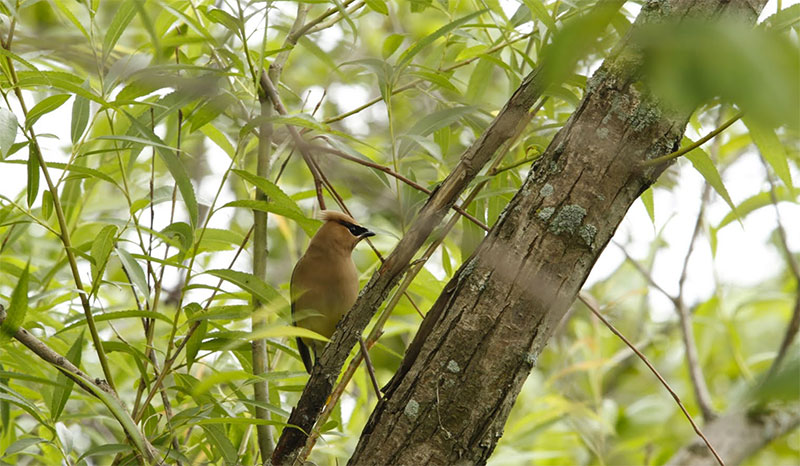Alburgh Dunes
Alburgh, VT
This 625-acre property became a state park in 1996. It is named for the sand dunes near the center and western end of the south-facing, natural sand beach. This beach is amongst the longest beaches on Lake Champlain.
The beach and dunes together make up what is known as a barrier island, geologically similar to coastal formations more common along ocean shorelines. At Alburgh Dunes, the sand has come from a layer of glacial till- the soil that was left atop the low bluffs southeast of the beach when the last glacier melted. The bluffs have eroded over thousands of years, and the soil carried off by lake currents. Sand from that soil settles out in the pocket between the rocky “Point of Tongue” to the east and “Coon Point” to the west, forming the beach. The wetland behind the beach includes the largest black spruce bog in Grand Isle County. Black spruce swamps and bogs are more typical of colder, northern climates than of the Champlain Valley, which is Vermont’s warmest area. Core samples from the bog reveal peat to depths of more than 8 meters (26 feet). From these samples comes a record of climate and vegetation dating back to the ice age, and further evidence of isostatic rebound.
Alburgh’s wetlands are important to wildlife, providing habitat for breeding, feeding, nesting, and over wintering. The park’s wetlands and adjacent white cedar forest uplands are the primary components of the largest and most important deer wintering area in Grand Isle County. Wild turkey, too, are abundant in and around the area. Alburgh Dunes certainly lends itself to wildlife viewing!
Facilities:
- 56 tent/RV sites
- 19 lean-to sites



